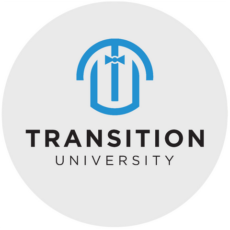
Students & Advocating
In January, it is typical to set goals for the new year and to identify areas of opportunities for growth. Perhaps one new goal or effort this year can be to explore ways to focus on advocacy. Individuals with disabilities can learn to advocate for themselves, or as caregivers, we can continue to advocate for their rights and their quality of life.
The Transition section of the UPC website has a variety of advocacy resources, including advocacy videos and information sheets. These resources can help families learn about and understand the difference between advocacy and self-advocacy and how important it is that voices, thoughts, and opinions are heard.
Voting resources are also available on the UPC website. The UPC’s voting video can help youth who are transition age understand voting and how to register to vote. Learning to vote and participate in elections is one way to advocate for disability rights. By voting, youth can support disability-friendly legislation and candidates.
Through advocacy efforts, youth and their families can help lawmakers understand the needs of the disability community. Recent examples of family advocacy include work during the legislative session focused on Caregiver Compensation and additional funding for the DSPD Waitlist. Lawmakers are generally more prone to support funding efforts when they hear from their constituents.
For years, individuals have advocated for inclusion and disability rights. Because of their efforts, legislation was passed to protect and support individuals with disabilities. The UPC’s Transition Advocacy page links to past legislation that benefited this population. As current advocates and self-advocates, it is important to understand where we’ve been so we can protect established disability rights and continue to improve the lives of individuals with disabilities in the future. To receive advocacy updates, scroll to the bottom of the UPC’s homepage to join the Advocacy email list.





